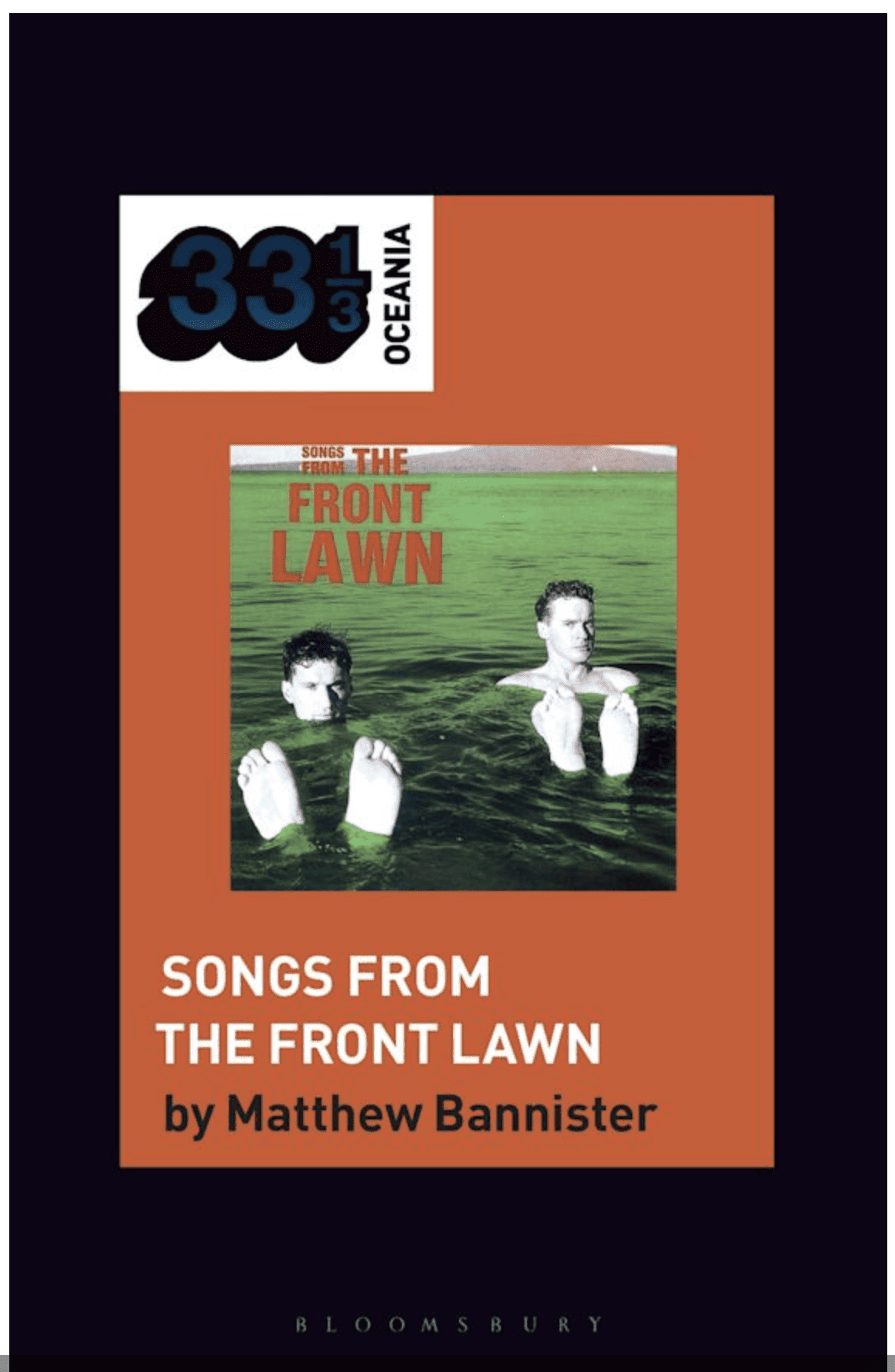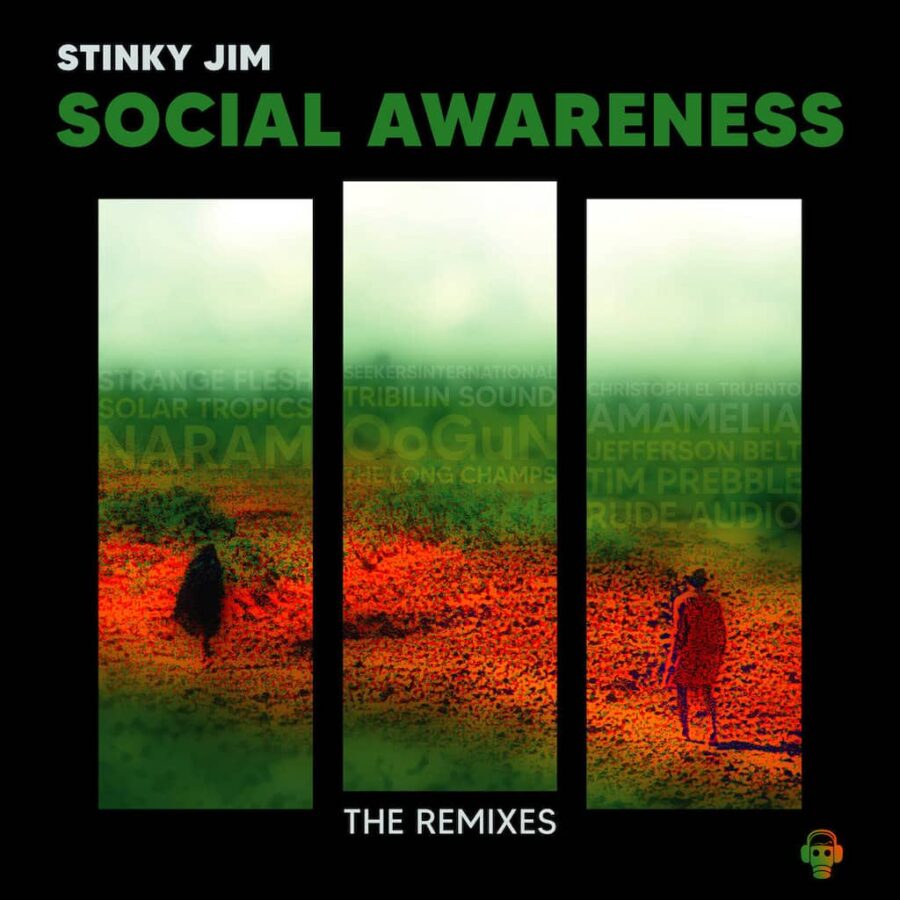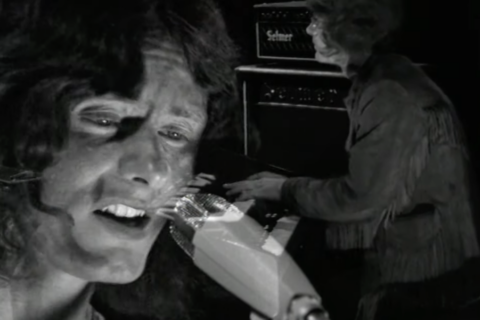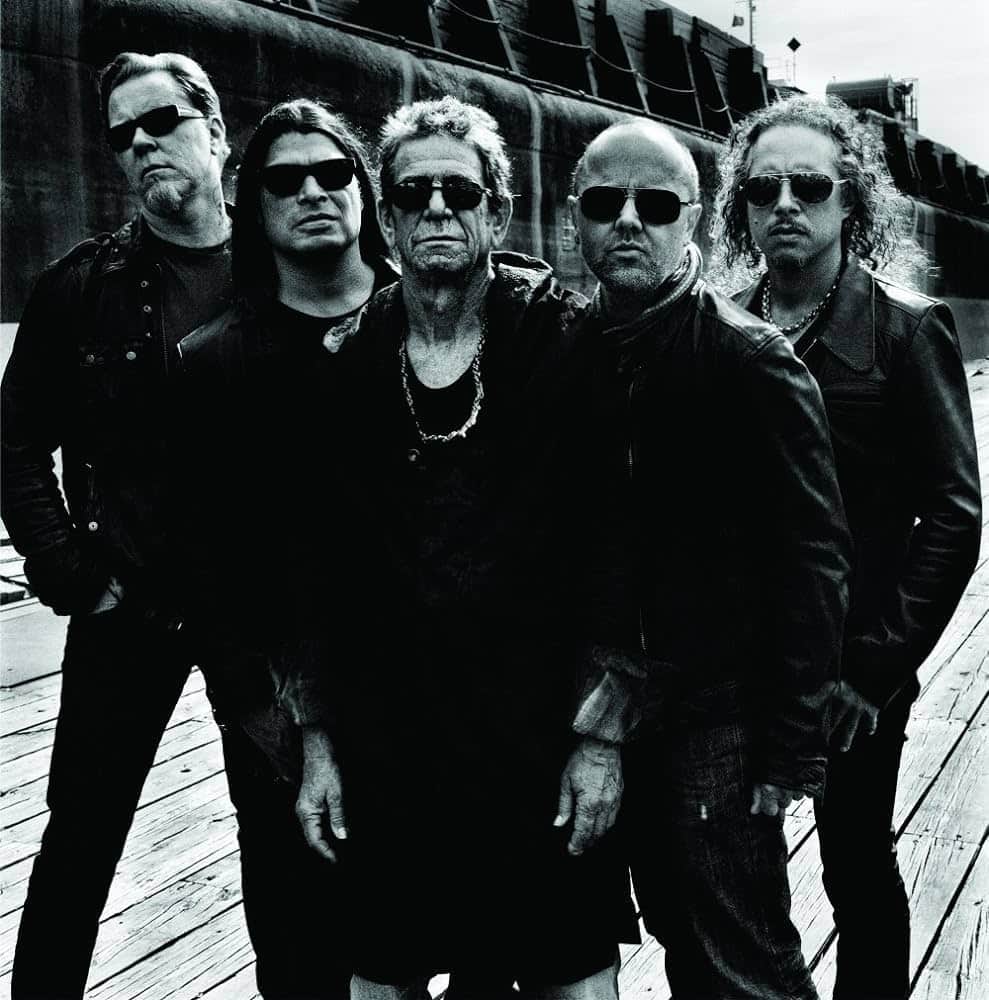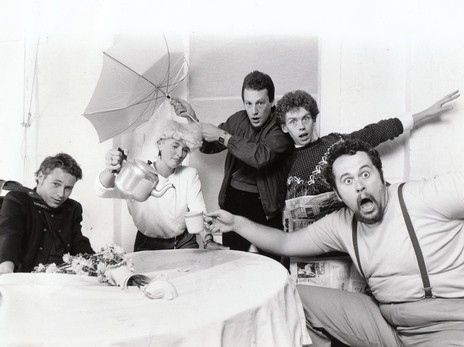Summary
Songs From The Front Lawn by Matthew Bannister (33 1/3 Oceania, $22.49)
Just in time for Don McGlashan’s latest tour comes a fascinating book about one of the singer-songwriter’s least-known projects. GARY STEEL reviews it.
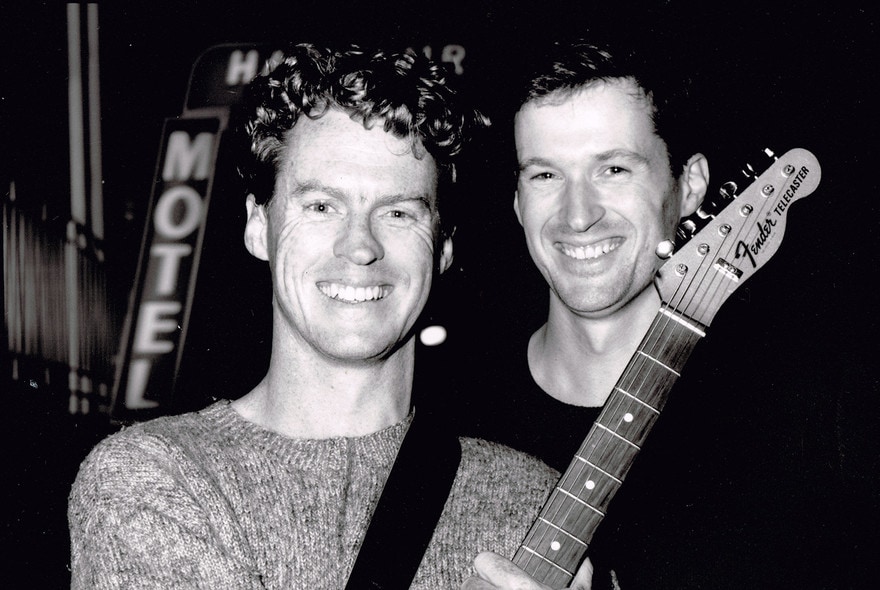 Don McGlashan seems to be everywhere at the moment. It was announced just this week that the former Muttonbird will be inducted into the New Zealand Music Hall Of Fame at the Silver Scroll award ceremony in October. Simultaneously, former Sneaky Feelings man Matthew Bannister’s slim analysis of one of McGlashan’s most interesting left-field projects, The Front Lawn, hits the shops this week. And McGlashan himself will be touring his ‘Take it to the bridge’ show from this weekend, the first of 20 dates around New Zealand. Oh, and let’s not forget that wonderful TV series for kids of all ages, Kiri & Lou, which features some of McGlashan’s finest songs yet. What next? New Zealander of the Year? (One of his collaborators in The Front Lawn, actor Jennifer Ward-Lealand, has already achieved that honour).
Don McGlashan seems to be everywhere at the moment. It was announced just this week that the former Muttonbird will be inducted into the New Zealand Music Hall Of Fame at the Silver Scroll award ceremony in October. Simultaneously, former Sneaky Feelings man Matthew Bannister’s slim analysis of one of McGlashan’s most interesting left-field projects, The Front Lawn, hits the shops this week. And McGlashan himself will be touring his ‘Take it to the bridge’ show from this weekend, the first of 20 dates around New Zealand. Oh, and let’s not forget that wonderful TV series for kids of all ages, Kiri & Lou, which features some of McGlashan’s finest songs yet. What next? New Zealander of the Year? (One of his collaborators in The Front Lawn, actor Jennifer Ward-Lealand, has already achieved that honour).
Support Witchdoctor’s ongoing mission to bring a wealth of new and historic music interviews, features and reviews to you this month (and all year round) as well as coverage of quality brand new, contemporary NZ and international music. Witchdoctor, entertainment for grownups. Your one-off (or monthly) $5 or $10 donation will support Witchdoctor.co.nz. and help us keep producing quality content. It’s really easy to donate, just click the ‘Become a supporter’ button below.
The 33 1/3 Oceania imprint is publishing some fairly obscure critical appraisals, and Bannister’s up-close examination of Songs From The Front Lawn – a 1989 album that has been out of print for decades – certainly seems an odd choice. Odd, but apt! With McGlashan’s canonization, it’s only fair that the less well-known projects have a light shone on them, and for some of his most dedicated admirers, The Front Lawn stands up well in a career that has included whacking jandals against long PVC pipes in Phil Dadson’s From Scratch, drumming and singing (and playing the euphonium) in Blam Blam Blam, taking it to the world with The Muttonbirds, and cementing himself as one of our finest songwriters with a series of solo albums this century.
I have to admit a slight bias, as I’ve known and admired McGlashan since the early 1980s, and written fairly extensively about his various musical incarnations. I saw The Front Lawn during its first date in Wellington in 1985, and the experience was unforgettable. As Matthew Bannister explains, Don McGlashan’s innovative collaboration with actor/director Harry Sinclair was unlike anything ever undertaken in NZ previously; a unique hybrid between theatre and song that confronted audiences with a satirical reflection of the Kiwi character. While in the 1970s we had John Clarke’s Fred Dagg gently making fun of rural New Zealanders, by the ‘80s we were ready for something a little more complex, and The Front Lawn was able to both point the borax at our suburban lifestyles and reflect a couple of males exploring a different, more sensitive masculinity than the Barry Crump good keen blokes of yore. (Sinclair is quoted as saying that growing up in New Zealand he felt extremely constrained by the accepted ideal of masculinity, a sentiment I can fully agree with).
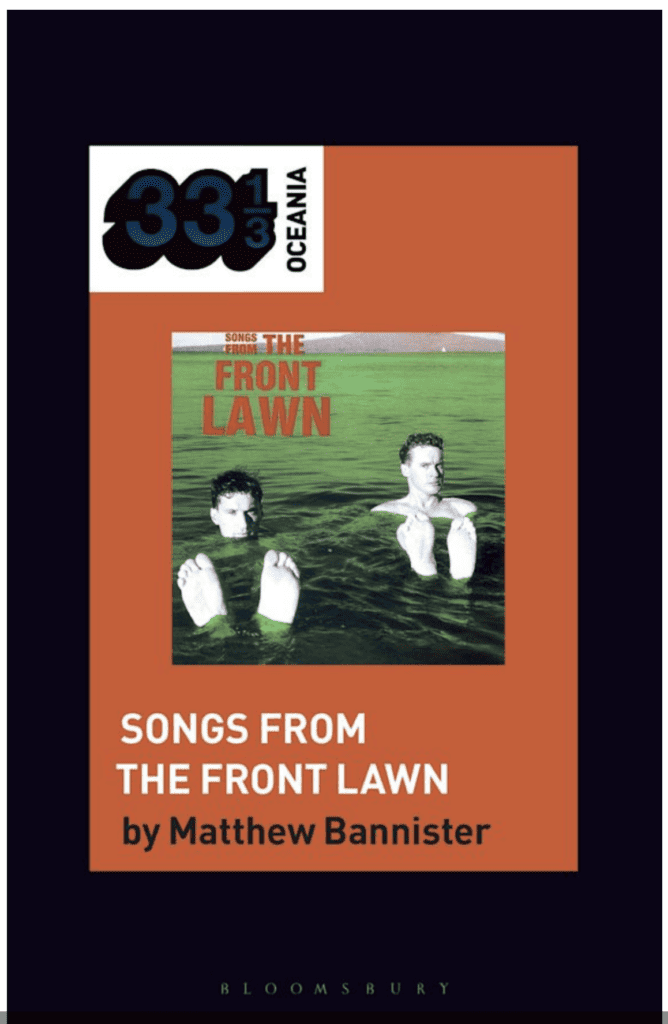 In extensive interviews with both Harry Sinclair and Don McGlashan (with the addition of many previously published insights) Bannister adeptly combines the duo’s story with his own critique, giving a potted history of both men (North Shore boys of European descent both born in 1959) and the projects that led up to The Front Lawn. It’s inevitable that he includes a brief social/political history of New Zealand and its music scene, giving context to both the material McGlashan and Sinclair drew from as well as the zeitgeist of the ‘80s. It’s too easy to consume art from different eras without understanding the times in which it was created, and The Front Lawn was doing its thing during so-called “Rogernomics” where the NZ economy had been freed up and there was a shit-show of corporate greed sweeping the nation. As a result, historic buildings were being torn down in central Auckland and glass façade monstrosity were being built seemingly with the express intent of engineering a wind tunnel down Queen St.
In extensive interviews with both Harry Sinclair and Don McGlashan (with the addition of many previously published insights) Bannister adeptly combines the duo’s story with his own critique, giving a potted history of both men (North Shore boys of European descent both born in 1959) and the projects that led up to The Front Lawn. It’s inevitable that he includes a brief social/political history of New Zealand and its music scene, giving context to both the material McGlashan and Sinclair drew from as well as the zeitgeist of the ‘80s. It’s too easy to consume art from different eras without understanding the times in which it was created, and The Front Lawn was doing its thing during so-called “Rogernomics” where the NZ economy had been freed up and there was a shit-show of corporate greed sweeping the nation. As a result, historic buildings were being torn down in central Auckland and glass façade monstrosity were being built seemingly with the express intent of engineering a wind tunnel down Queen St.
The Front Lawn’s performances were organic and very human and sometimes a little rough around the edges in what had become a very slick era. Bannister’s book raves about the duo’s early performances, which were song-based but very much theatre at the same time, and explains how McGlashan and Sinclair – after a few false starts – figured out how to make an album that was more than just a record of their shows. This involved bringing in Wellington’s idiosyncratic jazz-influenced grouping, The Six Volts, who provided a backing that was so wrong that it was simply perfect.
The core of the book, of course, dissects each song on Songs From The Front Lawn in detail, followed by a conclusion that briefly reviews its lack of commercial success, Jennifer Ward-Lealand’s brief tenure, and their inevitable demise as each member followed their noses into more streamlined vehicles for their artistic impulses: in Sinclair’s case, film, and in McGlashan’s case, The Muttonbirds.
Being an academic, Bannister is occasionally a little grating in his institutionalised politically correct mentions of cultural appropriation (big deal mate, music is a virus, it can’t be contained!) and can’t resist inserting quotes from fancy authors and experts to further expand on points he makes. For instance, he finds it necessary to quote Michel De Certeau’s essay on the negotiation of urban space when discussing the use of Karangahape Road in The Front Lawn’s mini-movie, Walkshort, which seems quite pointless except as a space-filler. He pulls the same trick with philosopher Henri Bergson to illustrate a point about comedy, but it’s by-the-by. Add Sigmund Freud (really!) into the stew and it’s a bit too salty.
My other beef is with the publishers as much as Bannister, and concerns what they refer to in the biz as “style”. In his recent 33 1/3 Oceania book on Alastair Riddell’s Space Waltz, Ian Chapman credited his sources on the go, which gave the reader a semblance of who was writing about the group at the time. The same is true of Matthew Goody’s book on Flying Nun, Needles & Plastic. This is journalistic, whereas Bannister opts for a typically academic style of putting a tiny number beside quotes. How many readers ever bother to match that wee number with the index, I wonder? A further issue is the typography, which is “justified” (fair enough) but too often has words slamming up against each other with little in the way of gaps between them.
And with a book like this, there are always going to be fan-type questions that remain unanswered. For instance, whatever happened to the tapes from the first two times the duo tried to record an album, and why haven’t they been issued with a remastered version of the album in a lavish box set? And why no mention of live tapes? Famously, there’s next to nothing in terms of film of their shows, but I know that there’s a reasonably good-quality tape recorded by a now successful recording engineer on my Sony Professional Walkman floating around somewhere…
I could take issues with some of Bannister’s critical assertions, but that’s hardly productive. After all, the book is partly opinion and the poor chap is allowed to differ from my own, even if he is sometimes wrong (snigger).
Despite minor concerns, Bannister’s book is a worthy addition to the library of books about NZ acts, and more importantly, it’s not just the telling of the duo’s story, but a critical essay. In an era where few reviewers can be bothered writing down what they think about album releases because the typical listener relies solely on Spotify recommendations (so I’m told), it’s gratifying to read what amounts to a book’s worth of knowledgeable assessments.
The Front Lawn’s story needed to be told in depth and it’s a fascinating account of a project that was in one way a bizarre one-off and in another, helped to change the way we viewed our song, theatre, film and performance traditions.
+ There’s no CD box set or coloured vinyl (yet) but the two The Front Lawn albums can be found languishing on most of the usual music streaming services. Have a listen! They’re real good!
+ Find the dates for Don McGlashan’s Take It To The Bridge tour here.
+ Find Gary Steel’s epic two-part biography/interview with Don McGlashan here.
+ Watch episodes of the fantastic Kiri & Lou on TV On Demand here.

